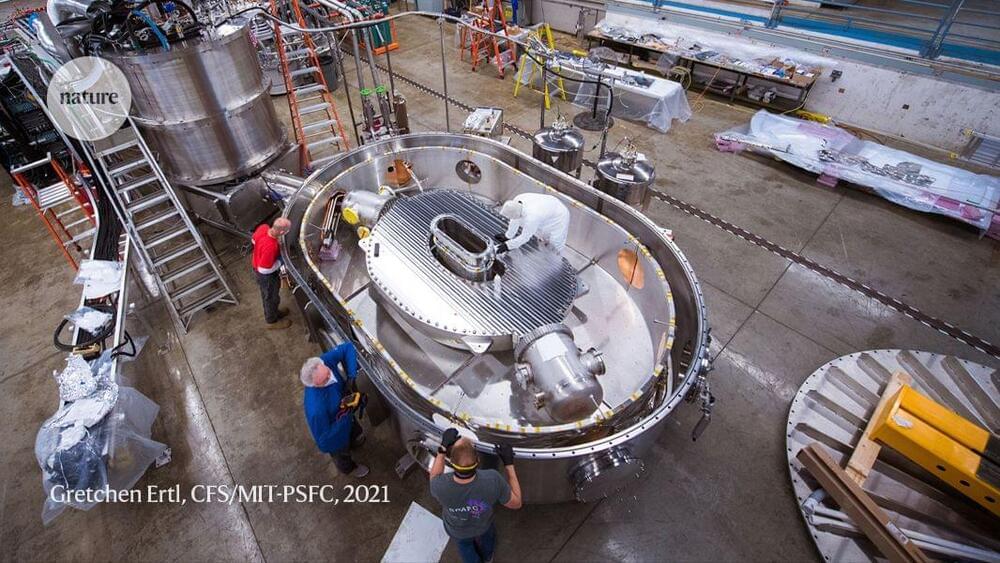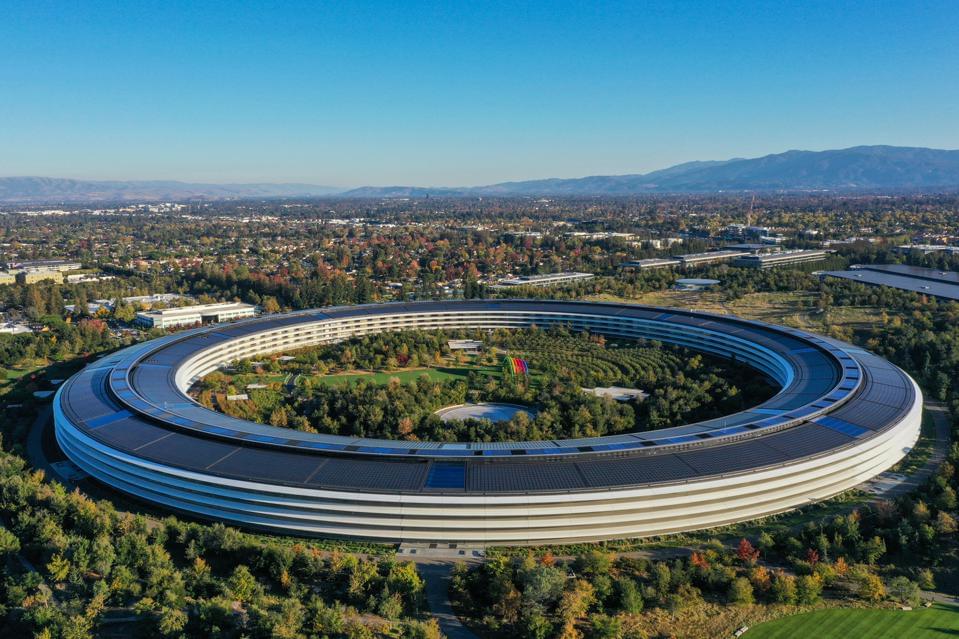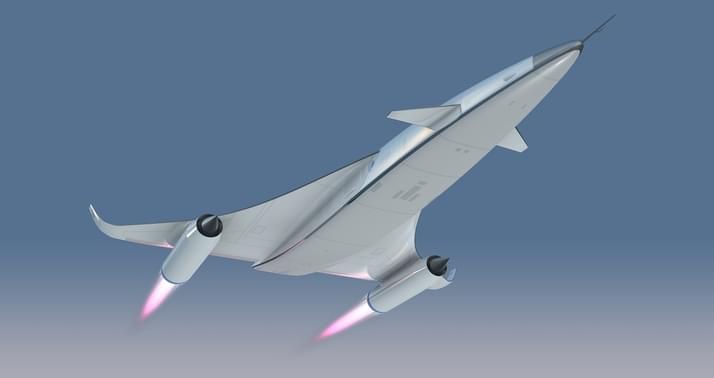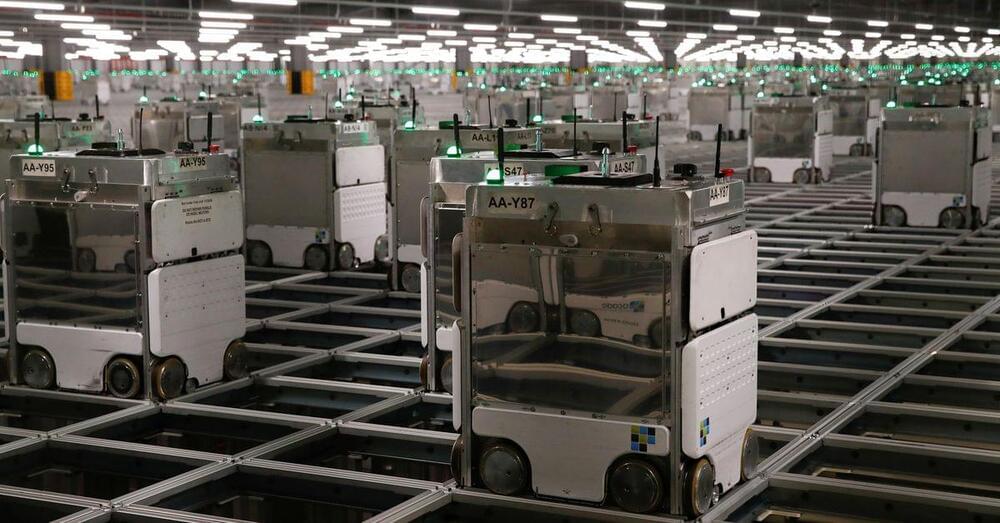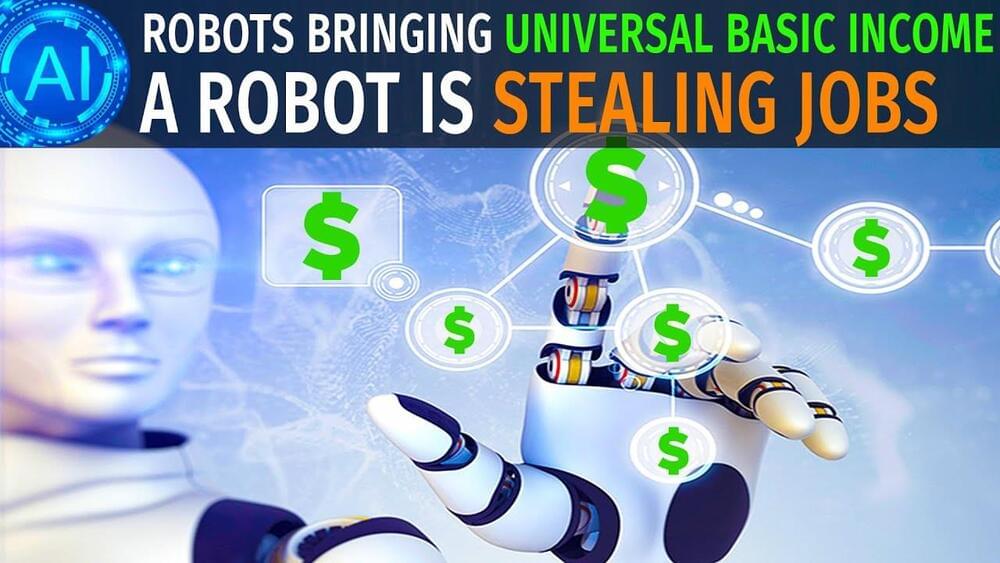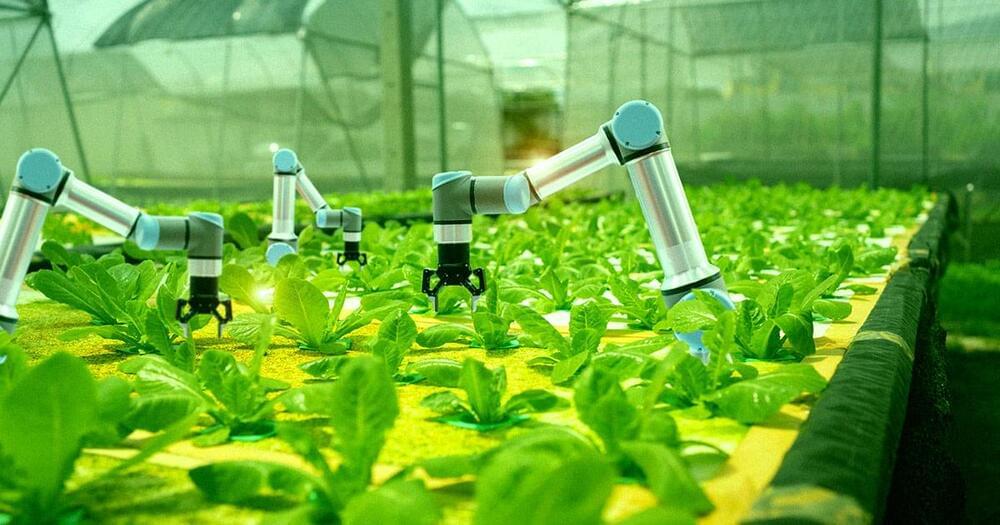A research team at the University of Wisconsin – Madison has identified a new way to convert ammonia to nitrogen gas through a process that could be a step toward ammonia replacing carbon-based fuels.
The discovery of this technique, which uses a metal catalyst and releases, rather than requires, energy, was reported on November 8, 2021, in Nature Chemistry and has received a provisional patent from the Wisconsin Alumni Research Foundation.
“The world currently runs on a carbon fuel economy,” explains Christian Wallen, an author of the paper and a former postdoctoral researcher in the lab of UW–Madison chemist John Berry. “It’s not a great economy because we burn hydrocarbons, which release carbon dioxide into the atmosphere. We don’t have a way to close the loop for a true carbon cycle, where we could transform carbon dioxide back into a useful fuel.”


